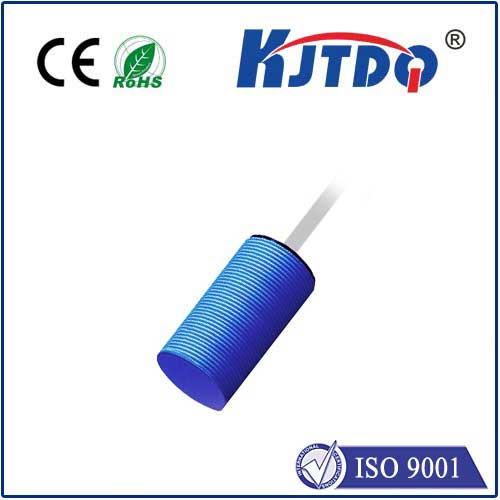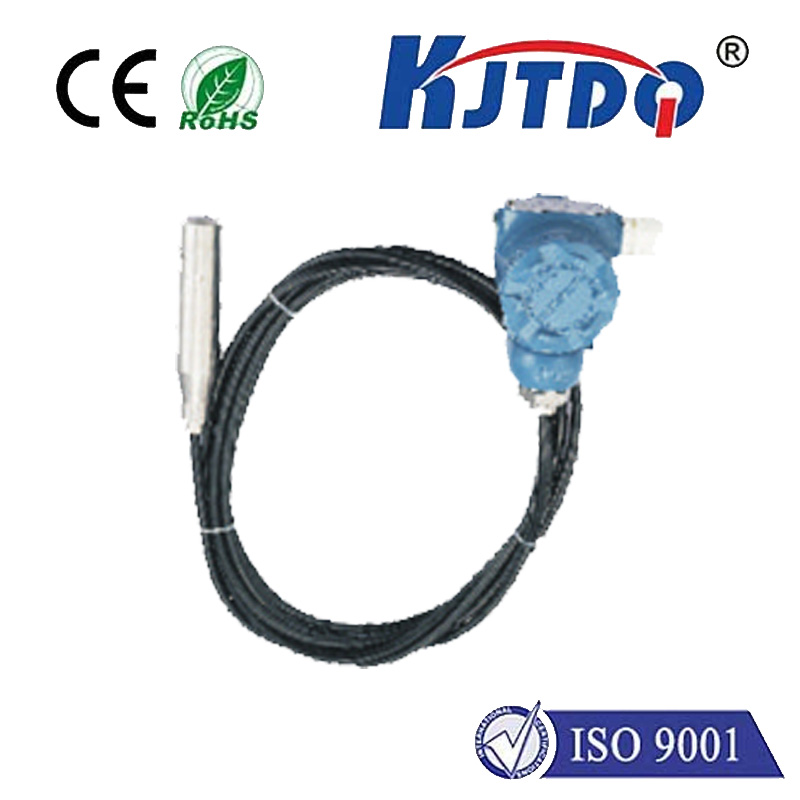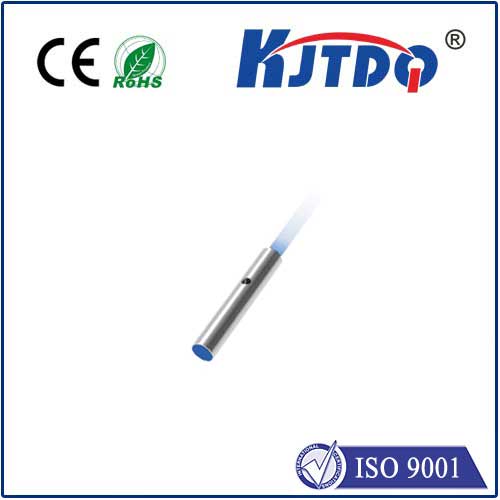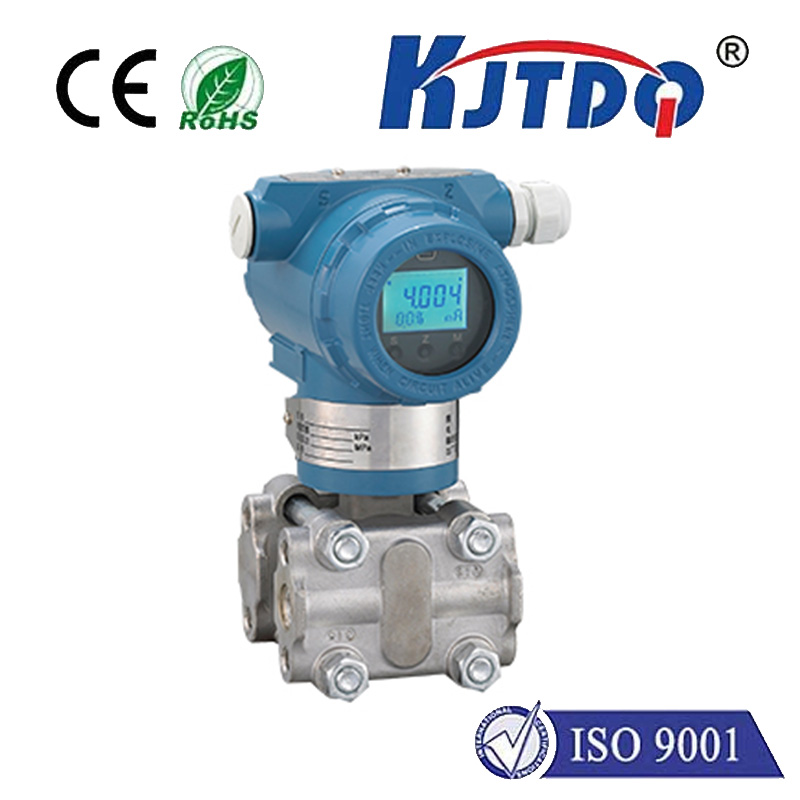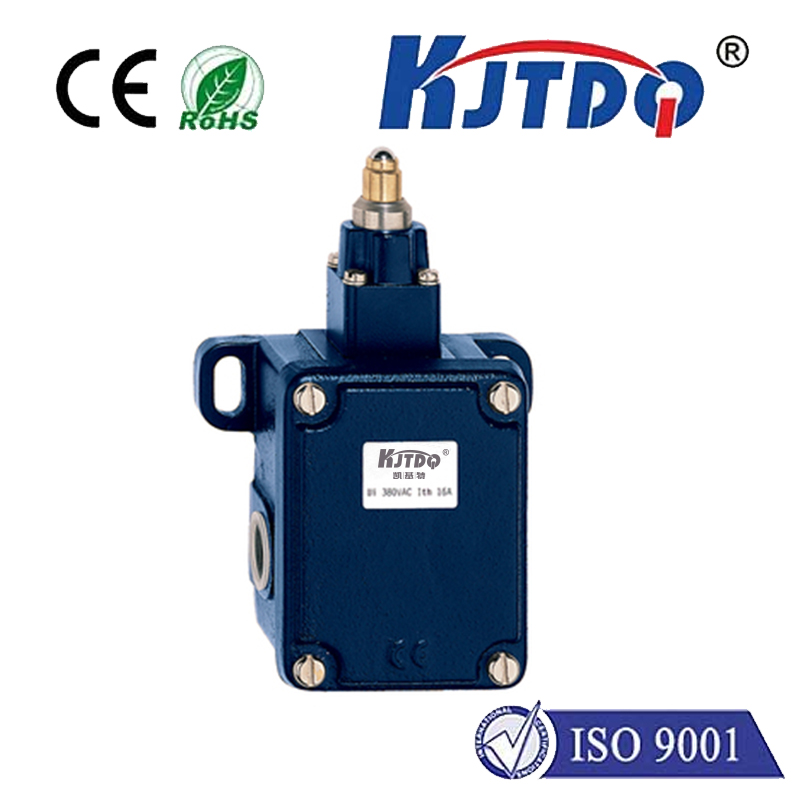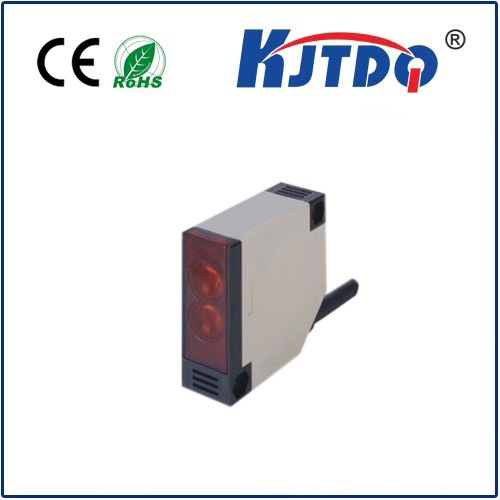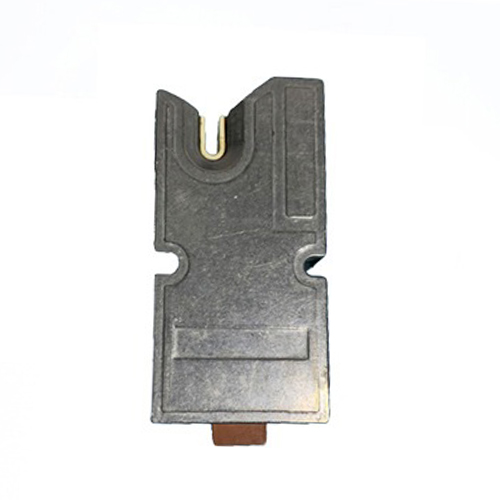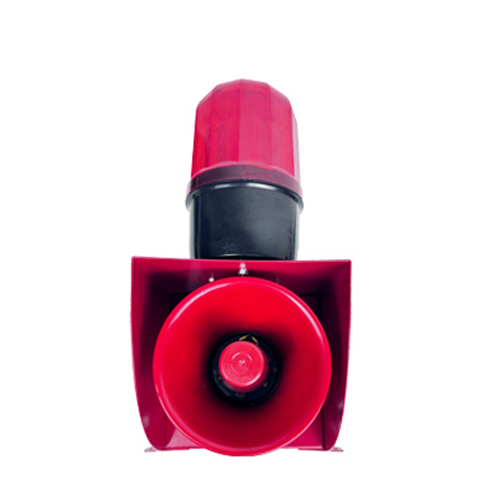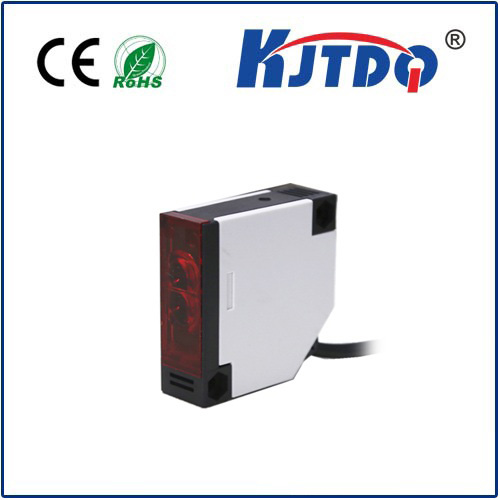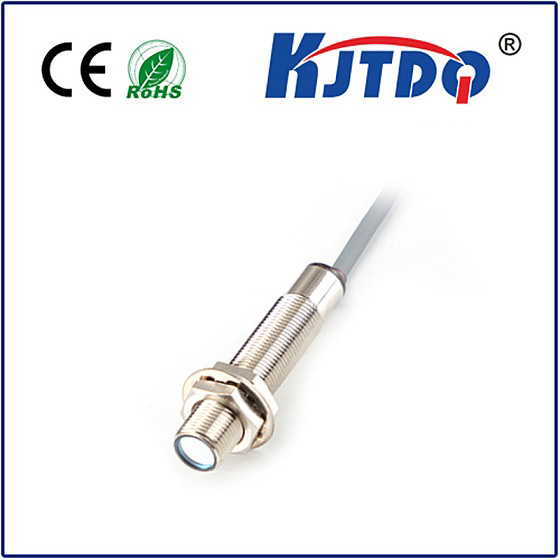

check

check

check

check

check

check

check

check

check

check
Title: Unlocking the Secrets of Laser Temperature: A Deep Dive into the Science of this Revolutionary Technology
In recent years, laser temperature measurement has emerged as a game-changer in various industries, from industrial manufacturing to medical research. This cutting-edge technology has transformed the way we measure and control temperature, offering unparalleled precision, speed, and accuracy. But what is behind this remarkable phenomenon? How do lasers achieve such incredible temperature readings? In this article, we'll delve into the fascinating world of laser temperature measurements and explore the secrets behind this revolutionary technology.

At its core, laser temperature measurement relies on the properties of photons, which are particles of light. When a laser beam is focused onto a material, it can transfer energy to the molecules in that material, causing them to vibrate. This vibration generates heat, which can be measured using specialized sensors. By monitoring the amount of heat generated by the material, scientists can determine its temperature with extraordinary accuracy.
One of the key advantages of laser temperature measurements is their ability to measure temperatures at extremely high or low levels. Unlike other methods, such as infrared thermometers or thermocouples, laser thermometers can accurately measure temperatures down to sub-Kelvin levels (below -273.15°C). This makes them invaluable for studying materials that are too hot or cold for other instruments to measure.
Another advantage of laser temperature measurements is their versatility. These thermometers can be used on a wide range of materials, from metals and ceramics to semiconductors and biological tissues. They can also be applied in a variety of environments, from industrial factories to space exploration. This makes them an incredibly versatile tool for scientists and engineers around the world.
Despite these impressive capabilities, laser temperature measurements still face some challenges. One major limitation is the cost of specialized equipment and training required to operate these instruments effectively. Additionally, the accuracy of laser temperature measurements can be affected by factors such as ambient noise, interference from other sources, and imperfections in the material being measured. However, ongoing research and development are working to overcome these challenges and make laser temperature measurements even more widely available and reliable.
In conclusion, laser temperature measurement is a truly remarkable technology that has opened up new frontiers in scientific research and industrial applications. By harnessing the power of lasers and photonics, scientists have developed a powerful tool for measuring temperature with unprecedented precision and accuracy. While there is still room for improvement, the future looks bright for this exciting field, with potential applications ranging from medicine to space exploration.
